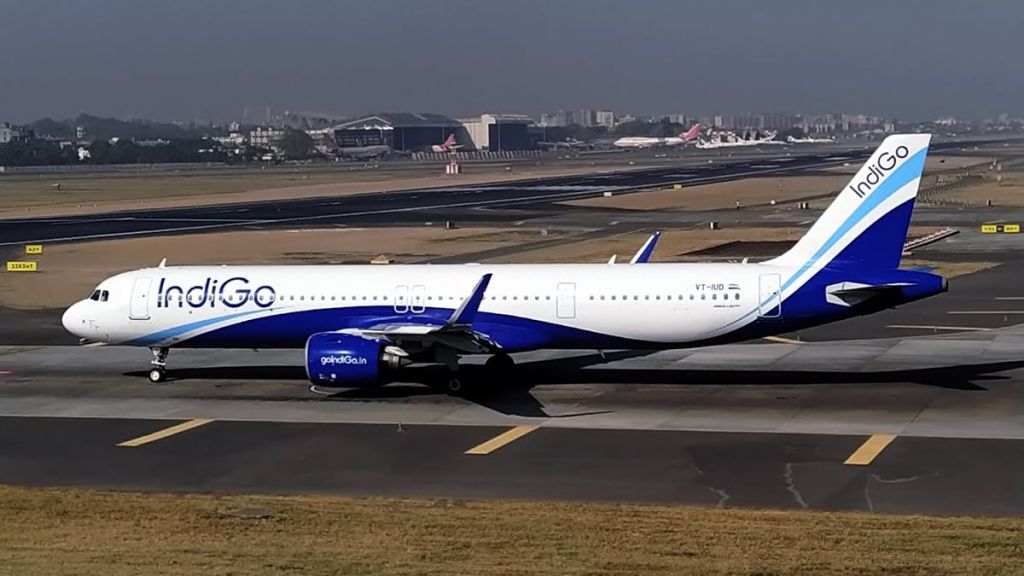
In the 21st century, one of the most dire needs is a fully charged phone. Leaving your house with a phone that is not fully charged could create potential difficulty for users.
Digital payments, digital documents—access to all of these comes down to how long your phone's or device's battery lasts. Frequent travellers now charge their devices in the flight, train, or bus; all of the above offers charging ports to accommodate travellers' charging needs.
An aviation blogger on Meta's Instagram named Vimanspotter pointed out in one of his videos that Indian users are unable to charge their devices on IndiGo's A321neo Stretch Aircraft.
Reasons behind the claim
The blogger claimed that he observed this in a user's post on X, IndiGo's A321neo Stretch aircraft, which introduced a new universal power socket that can accept a range of plugs, but it runs on 110V/60Hz.
The majority of devices in India are designed for 220V/50Hz and need particular pin types. Therefore, in order to use this onboard facility, passengers who have chargers made for Indian standard where the main supply is 220V/50Hz sockets might need an adapter.
Rely on a powerbank
As observed during your flight, a passenger struggled to plug in their charger due to a mismatch in pin type and ultimately had to rely on a power bank.
Solution to charging problem
Many people find the onboard USB Type-C ports convenient, but those who still use USB Type A may encounter restrictions.
To meet these needs, it would be considerate of IndiGo to think about bringing adapters on board. These minor, customer-focused improvements can have a big impact on the traveller experience.